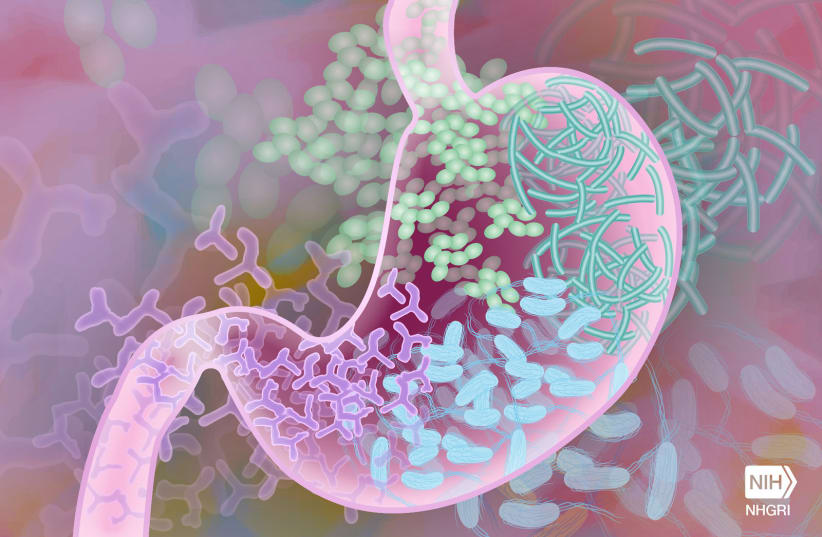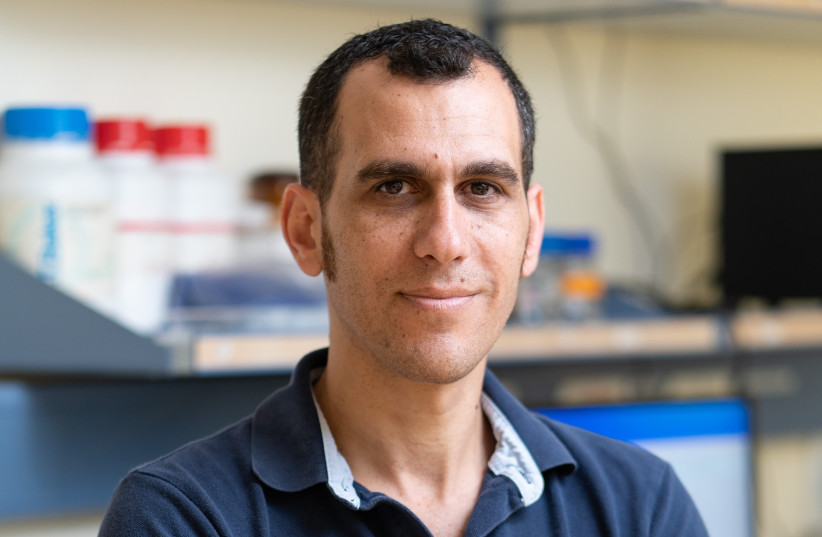There are thousands of kinds of bacteria – microscopic, single-celled organisms that are among the earliest known life forms on earth and live in every possible environment all over the world. They might be airborne or found in water, plants, soil, animals and even humans, where some cause dangerous diseases such as salmonella, pneumonia, meningitis, tuberculosis, anthrax, tetanus and botulism.
However, many bacteria, including the ones that comprise the human gut microbiome, do good rather than harm. Bacteria can even be turned into tiny factories that manufacture needed products.
Now, researchers at the Faculty of Biotechnology and Food Engineering at the Technion-Israel Institute of Technology in Haifa have developed “bionic bacteria” that have many potential applications in industry.
Among those applications are the targeted release of biological drugs in the body using external light and other precise medical uses, sensing hazardous substances in the environment and the production of better fuels and other compounds.
The study was led by Assistant Prof. Omer Yehezkeli and doctoral student Oren Bachar, and co-authored by doctoral student Matan Meirovich and master’s student Yara Zeibaq. Their work has just appeared in the international edition of Angewandte Chemie under the title “Protein-Mediated Biosynthesis of Semiconductor Nanocrystals for Photocatalytic NADPH Regeneration and Chiral Amine Production.” The journal, which is published by the German Chemical Society, officially described it as a “hot paper.”
“My research group deals with the interface between engineering and biotechnology at the nanoscale level,” said Yehezkeli. “Our goal is to blur the current boundaries between the different disciplines, and mostly between nanometer materials and biological systems such as bacteria. In our research, we use the unique properties of nanoscale particles on the one hand, and the tremendous selectivity of biological systems on the other, to create bionic systems that perform synergistically.”
Nanoscale semiconductor particles are usually produced in chemical processes that demand high temperatures and organic solvents. In the new Technion study, the researchers were able to create – using engineered proteins – an environment that makes possible the growth of nanometer particles under biological conditions and at room temperature. In turn, the grown nanoparticles can lead to light-induced processes of biological components.
“The use of engineered proteins for the self-growth of nanomaterials is a promising strategy that opens up new scientific horizons for combining inanimate and living matter,” added Yehezkeli. In the current study, the researchers demonstrated the use of engineered proteins to grow cadmium sulfide (CdS) nanoparticles that are capable of recycling nicotinamide adenine dinucleotide phosphate (NADPH) with light radiation.
“This is an essential electron donor in all organisms that provides the reducing power to drive numerous reactions, including those responsible for the biosynthesis of all major cell components and many products in biotechnology with light radiation. NADPH is crucial in many enzymatic processes and therefore its generation is desired,” Yehezkeli explained.
CdS nanoparticles have applications as an excellent photographic developer for the detection of cancers and other diseases, and in the treatment of cancer cells. The antibacterial and antifungal biological activity on various foodborne bacteria and fungi can also be studied with the use of CdS nanoparticles.
Enzymes are a common biological component involved in all living cell functions. Billions of years of evolution have led to the development of a broad spectrum of enzymes responsible for the many and varied functions in the cell, said Yehezkeli.
In their study, the researchers showed that NADPH could be produced (recycled) using the genetically modified protein made up of 12 repeating subunits that form a donut-like structure with a three-nanometer “hole” (three-billionths of a meter in diameter).
“This is a preliminary demonstration of the direct connection of inanimate matter [abiotic] with living matter [biotic] and a platform for its operation in a way that does not exist in nature,” concluded Yehezkeli.
“The technology we have developed enables the creation of hybrid components that connect these two types of materials into one unit, and we are already working on fully integrated living cells with promising initial results.
We believe that beyond the specific technological success in the production of NADPH and [various other] materials, there is evidence of the feasibility of a new paradigm that may contribute greatly to improving performance in many areas including energy, medicine, and the environment.”
"There is evidence of the feasibility of a new paradigm that may contribute greatly to improving performance in many areas including energy, medicine, and the environment."
Professor Omer Yehezkeli


